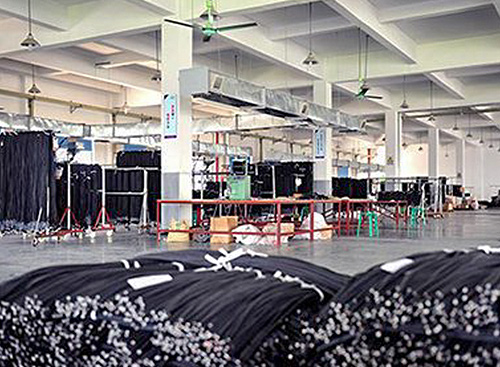Heat tracing has been widely used as an effective pipel […]
Heat tracing has been widely used as an effective pipeline (tank) heat preservation and antifreeze solution. Its working principle is to dissipate a certain amount of heat through the heating medium, and to supplement the loss of the heated pipe through direct or indirect heat exchange, so as to meet the normal working requirements of temperature rise, heat preservation or antifreeze. In the 1970s, the American energy industry put forward the idea of replacing steam tracing with electricity tracing. In the late 1970s and early 1980s, many industrial sectors, including the energy industry, have widely promoted electric heating technology, replacing steam heating with electric heating. Since the development of electric heating technology, it has developed from the traditional constant power heating to the self-controlled temperature electric heating with conductive plastic as the core.
The following editor Yinglian will give you a detailed introduction to the precautions when installing the heating cable.

1. When installing the heating cable, do not drag it on the ground to avoid being damaged by sharp objects. Do not touch with high-temperature objects to prevent welding slag from splashing on the heating cable.
2. The heating cable has good flexibility, but hard bending is not allowed. When bending is needed, the bending radius shall not be less than 6 times the thickness of the heating cable.
3. It is strictly forbidden to smash the heating cable with heavy objects. If it is smashed, the heating cable should be tested again and used only after it is qualified.
4. The heating cable should be tightly attached to and fixed to the heated pipe (or equipment) to improve the heating efficiency. When fixing the heating cable, use special nylon ties, and it is strictly forbidden to tie them with metal wires.
5. A layer of aluminum tape should be attached between the outer wall of the pipe and the heating cable for non-metallic pipes to increase the touch heat transfer area.
6. The installation of the heating cable should fully consider the possibility of disassembly of the pipe accessories (or equipment), and the heating cable does not need to be cut. Pay attention to the sealing of the connector when the cable is cut or connected.
7. When the heat loss per meter of pipe is greater than the output power of the heating cable per meter, the heating cable can be laid to facilitate disassembly during maintenance.
8. Leakage is easy to occur at the flange. When surrounding the heating cable, avoid directly below it.
9. The installation method and fixing of the heating cable on the pipeline. The cable tie material should be selected according to the temperature of the pipe.
10. After the heating system is installed, the electrical test must be carried out one by one, and then the power-on test is performed to check the heating of the heating cable. After confirming that it is normal, heat preservation is allowed.
11. Insulation materials should be dry. Moist thermal insulation materials not only affect the heat tracing effect, but also lead to corrosion of the heating cable and shorten the service life. The thermal insulation pipes without outer protective layer should be air-dried after being wet by rain and snow before applying the outer protective layer.
12. After the heating system has been constructed, an obvious electric heating mark should be made on the outer protective layer of the pipeline to remind people to pay attention.
13. When installing the heat tracing cable, before one end of the cable is connected to the power supply, the other end of the bus bar should be sealed with a matching head cover, and the two bus bars must not be short-circuited.
14. When multi-circuit heating cables are connected from the same junction box, each bus bar must be blocked by insulating sleeves to prevent short circuits.
15. The junction box should be sealed to prevent rainwater from entering.